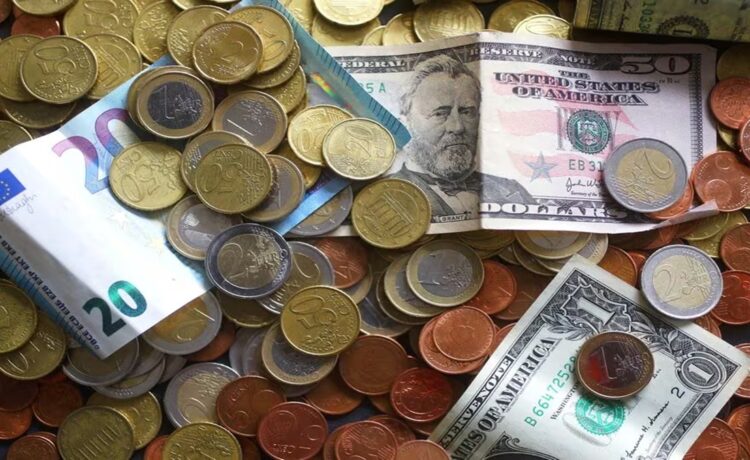By Nigel Green
In recent years, China has been grappling with a persistent trend – its rising debt-to-GDP ratio.
This phenomenon presents a complex interplay of economic factors that not only shape China’s domestic landscape, but also holds significant implications for the internationalization of its currency, the renminbi (RMB), the future of the US dollar as the global reserve currency, and therefore, the wider international monetary system.
Understanding the debt-to-GDP ratio
China’s debt-to-GDP ratio has steadily climbed over the past decade, reaching alarming levels.
According to data from the Bank for International Settlements (BIS), China’s total debt-to-GDP ratio stood at over 270% in 2023, significantly higher than the global average.
This surge in debt has been fuelled by various factors, including ambitious infrastructure projects, stimulus measures to bolster economic growth, and support for state-owned enterprises (SOEs).
One significant contributor to the country’s rising debt burden is the massive infrastructure investment undertaken as part of its Belt and Road Initiative (BRI).
While the BRI has been hailed as a transformative global development strategy, critics argue that it has also led to a surge in debt levels among participating countries, raising concerns about debt sustainability and financial risks.
In addition, Beijing’s state-led approach to economic development has resulted in substantial lending to SOEs, many of which operate in sectors plagued by overcapacity and inefficiency.
These loans have added to China’s debt pile and raised questions about the effectiveness of state intervention in the economy
Impetus for internationalization
Despite the challenges posed by its mounting debt, China sees currency internationalization as a strategic imperative.
Internationalizing the RMB would not only enhance the world’s second largest economy’s influence on the global stage, but also reduce its reliance
As China seeks to diversify its foreign exchange reserves and promote the RMB as a viable alternative to the dollar, its rising debt-to-GDP ratio may paradoxically serve as a catalyst for further currency internationalization.
Strategies
China has pursued a multifaceted approach to promote the international use of the RMB.
One key strategy has been the gradual liberalization of its capital account, allowing for greater cross-border capital flows and RMB-denominated transactions. China has also sought to expand the offshore RMB market
Furthermore, China has actively promoted the use of the RMB in international trade and investment through initiatives such as the Cross-Border Interbank Payment System (CIPS) and the inclusion of the RMB in the International Monetary Fund’s (IMF) Special Drawing Rights (SDR) basket.
By enhancing the RMB’s usability and liquidity in global markets, China aims to challenge the hegemony of the US dollar and pave the way for a more multipolar international monetary system.
Dollar’s reign over?
The rise of the RMB as an international currency poses both opportunities and challenges for the US dollar’s dominance as the global reserve currency.
While the dollar currently accounts for the majority of global foreign exchange reserves and serves as the primary currency for international trade and finance, the growing internationalization of the RMB is likely to erode its hegemonic status over time.
As China’s economy continues to expand and its influence in global financial markets grows, central banks and investors may increasingly diversify their reserve holdings away from the dollar towards alternative currencies such as the RMB.
This trend would undermine the dollar’s role as the undisputed reserve currency and lead to a more fragmented and multipolar international monetary system.
The rising debt facing Beijing presents a complex set of issues for its economy and the global financial system.
While the accumulation of debt raises concerns about financial stability and sustainability, it also provides impetus for China to further internationalize its currency, the RMB.
By pursuing strategies to promote the RMB’s use in international markets, China aims to enhance its economic influence and challenge the dominance of the US dollar as the global reserve currency.
Whether it will be successful and at what speed it will happen, of course, remains to be seen.
As these dynamics continue to unfold, and will do over many years to come, the future of the existing international monetary system remains in a grey area.
(Author is deVere Group CEO and Founder)
Disclaimer: Views expressed are personal and do not reflect the official position or policy of Financial Express Online. Reproducing this content without permission is prohibited. Please consult your financial advisor before investing.
















